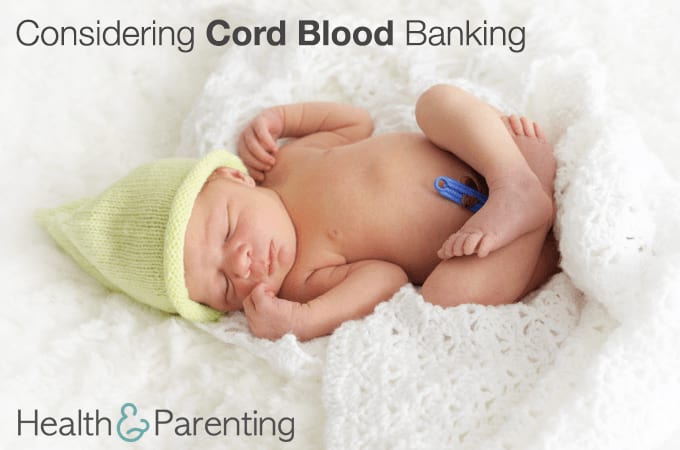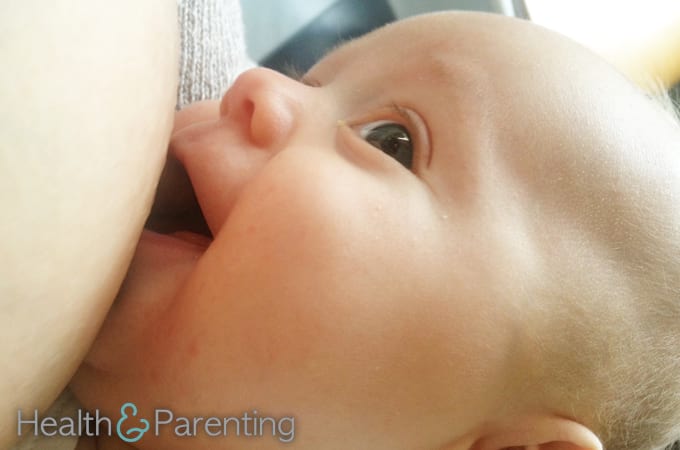Throughout pregnancy, blood travels between the baby and placenta through the pulsating umbilical cord. Immediately after the birth, this pulsating occurs for between two and five minutes; and, by the end of the process, your baby should have more blood in his body than he did when he was born.
Cord blood banking
Cord blood banking is the process of collecting blood left in the umbilical cord, and storing it for use in future medical procedures. The blood is valuable because it is a rich source of stem cells. Stem cells have the potential to become many different types of cells. This means they can be used to treat diseases, and repair tissues and organs.
Research into cord blood stem cells is ongoing. So far, the cells have been successfully used to treat over 70 diseases including leukemia, Hodgkin’s disease, non-Hodgkin’s lymphoma and aplastic anemia. The cells can also be used to treat rare metabolic disorders in infants.
The blood can be donated to a public cord blood bank – who will store the blood until it is needed by a member of the public much like a blood bank – meaning you could potentially save a life. As many as 70% of patients in need have no family match and must wait for donor blood to become available. Or, you can pay to have the blood stored at a private cord blood bank who will keep the blood for use only by your family.
Cord blood collection
The blood is collected immediately after the birth. It is a painless procedure, and is considered to be safe for both you and your newborn baby. If you have chosen to have the cord clamped and cut in the usual way, the blood will be taken then. Once your baby’s umbilical cord is clamped, a needle will be inserted into the part of the umbilical cord still attached to the placenta. The needle will not go near your baby. Up to five ounces of blood will be collected, and this could take up to 10 minutes. During this time, you will probably be having your first cuddles with your newborn baby.
If you have chosen to delay cord clamping, the procedure will wait until the cord has finished pulsating. Once the cord has been cut, the remaining blood can be collected immediately for banking.
The blood is then sent for testing at the cord blood bank. The cells that are found to be potentially useful, are frozen at -180C, and can be stored for up to 20 years.
Is it best to treat a patient using their own stem cells?
When using a patient’s own stem cells, the body will not reject the cells or react against them. However, if the body was making the wrong cells, and this is what caused the illness, then it is considered too risky to use the patient’s own cells.
Because the research into stem cells is in it’s infancy, the full potential of cord blood is not yet known. In fact, the science hasn’t yet caught up, meaning it could be a while until the full potential of cord blood is unlocked.
Around 5% of parents now bank the blood of their newborns. The overwhelming majority of this blood goes to private family banks to be stored for family use, but 10% of it is donated to public banks. In the US, there are 185,000 units of cord blood in public banks.
In the UK, the Human Tissue Authority (HTA) licenses all private and public cord blood banks. They have published a guide for parents outlining questions you should ask, as well as how to interpret the results provided by the cord blood bank after collection. In the US, the Department of Health and Human Services maintains a website with information about both public and private cord blood banking.
If you think you might be interested in donating your baby’s cord blood, or banking it for private use, speak to your healthcare provider about local resources for cord blood collection and storage.
Written by Fiona, proud owner of a toddler, @fiona_peacock
This information is not intended to replace the advice of a trained medical doctor. Health & Parenting Ltd disclaims any liability for the decisions you make based on this information, which is provided to you on a general information basis only and not as a substitute for personalized medical advice. All contents copyright © Health & Parenting Ltd 2018. All rights reserved.


















